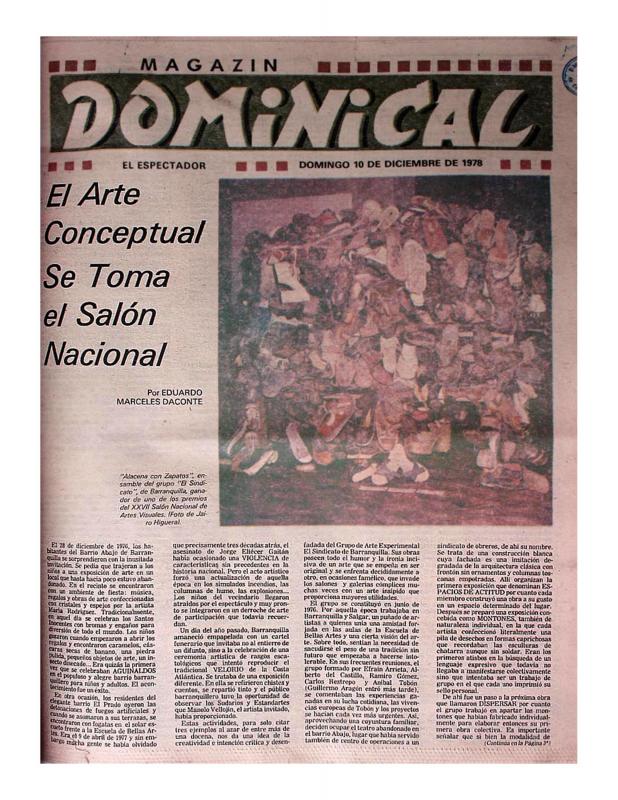The Grupo Utopía is the most long-standing ongoing artists collective, doing community work of this kind, in the Colombian art world. The document here summarized was an introduction to a retrospective exhibition of work by this group, whose artistic/communitarian approach is analyzed in the text. In January 1992, in the exhibition rooms at the Biblioteca Luis Ángel Arango in Bogotá, the art critic and curator Alberto Sierra Maya (b. 1944) gathered a set of works created by the Grupo Utopía. The members of the group were Jorge Mario Gómez, Patricia Gómez and Fabio Antonio Ramírez, architects and artists in the city of Medellín, all three born in 1950. Starting in the late 1970s, the collective developed interdisciplinary art investigations linking architecture, sculpture, painting and graphic art with problems posed by urban planning, history, ecology and religion. The importance of the show and the catalogue is that it is a record of the first retrospective of a Colombian art collective with a remarkably strong creative life. In turn, it became a document used to identify the essential elements of the group’s work strategies, which lent consistency to its creative work for the 13 years prior to this exhibition. For other related document, see [“El arte conceptual se toma el Salón Nacional” (an article on El Sindicato), doc. no. 1134222].

